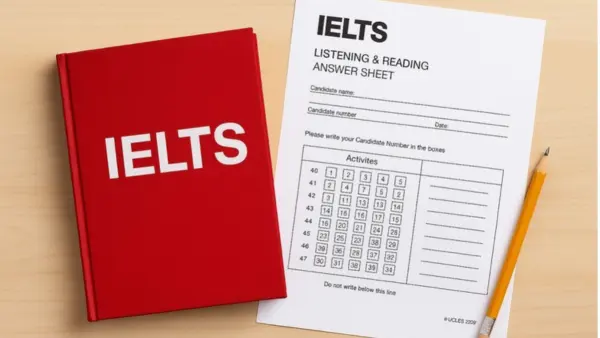
IELTS Writing Task 2 – 10-Step Teaching Guide
-
Shadi
- Classroom Strategies
Step 1: Demystify the Task
Objective: Clarify what Task 2 really expects
How:
- Explain the 4 criteria: Task Response, Coherence & Cohesion, Lexical Resource, and Grammatical Range & Accuracy
- Show a Band 6 vs Band 8 answer and analyze why one scores higher
- Bust myths (e.g., “I need fancy vocabulary to get Band 7”)
Step 2: Explore Question Types
Objective: Familiarize students with the 5 main question types
How:
-
- Teach how to recognize:
- Opinion
- Discussion
- Problem/Solution
- Advantages/Disadvantages
- Double Question
- Give sample questions and ask students to identify the type and key instruction words
- Teach how to recognize:
Step 3: Brainstorm & Plan (Before Writing)
Objective: Help students think before they write
How:
- Give timed brainstorming tasks
- Use frameworks like “3 ideas in 3 minutes”
- Teach outlining: thesis + 2 main ideas + examples
- Use collaborative planning (pairs or small groups)
Step 4: Teach Essay Structure (But Don’t Over-Template)
Objective: Build flexible structure awareness
How:
- When teaching IELTS Writing Task 2, introduce the basic 4-paragraph model
- Teach topic sentences, linking devices, and how to expand with explanation & example
- Avoid rigid templates — show how structure can adapt to question type
Step 5: Teach Language Through Function
Objective: Go beyond memorized phrases
How:
- Focus on functional language: expressing opinions, comparing, giving reasons, showing consequences
- Use real student samples to highlight effective vs awkward language
- Teach lexical sets by theme (e.g., environment, education, technology)
Step 6: Write Together
Objective: Model good writing in real time
How:
- Do shared writing as a class on the board or screen
- Pause to ask: “Why this word?”, “How could we link this better?”, “Is this example strong?”
- Let students finish a paragraph you started
Step 7: Practice Timed Writing for IELTS Writing Task 2
Objective: Build exam stamina
How:
- Use real IELTS prompts
- Set 40-minute writing time
- Rotate focus: Week 1 = content, Week 2 = coherence, etc.
Step 8: Review and Reflect
Objective: Encourage self-awareness and growth
How:
- Use Band Descriptors for peer/self assessment
- Use editing checklists (Task Response? Linking? Grammar?)
- Provide model answers — ask students to “upgrade” them or rewrite intros/conclusions
Step 9: Give Feedback Strategically
Objective: Support students without overwhelming them
How:
- Focus on one or two targets per essay
- Use color-coded feedback (e.g., pink for grammar, yellow for coherence)
- Offer rewrite opportunities (“Fix this paragraph” instead of “Write again from scratch”)
Step 10: Track Progress
Objective: Show measurable improvement
How:
- Use a writing journal or portfolio
- Include reflection prompts (“What did I improve this week?”)
- Keep a running Band score chart (private or shared)
Key Takeaways
Teaching IELTS Writing Task 2 in 10 clear steps can turn it from a daunting challenge into a structured, teachable process. This approach helps students understand the task, plan effectively, use precise language, and build exam confidence — leading to stronger essays and higher band scores.
FAQ
Q1: Why use a step-by-step approach to teaching IELTS Writing Task 2 effectively?
A: step-by-step approach to teaching IELTS Writing Task 2 breaks the task into manageable skills, helping students build confidence and accuracy without feeling overwhelmed.
Q2: How long should I spend on each step in the 10-step guide?
A: Timing depends on your class schedule, but many teachers spend 1–2 lessons per step, ensuring students practice and master each skill before moving on.
Q3: Can I teach IELTS Writing Task 2 without using templates?
A: Yes. Flexible structures and functional language teaching are more effective than rigid templates, as they prepare students for all question types.
Q4: How can I give feedback without discouraging students?
A: Focus on one or two improvement targets per essay, use colour-coded feedback, and offer rewrite opportunities instead of asking for a complete redo.
🎓 Ready to apply these ideas? Explore our ready-to-teach IELTS Lesson Plans, dive into more teacher articles, or scroll down to the footer and join the Teacher Newsletter for monthly, research-backed tips and printable tools.





